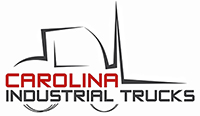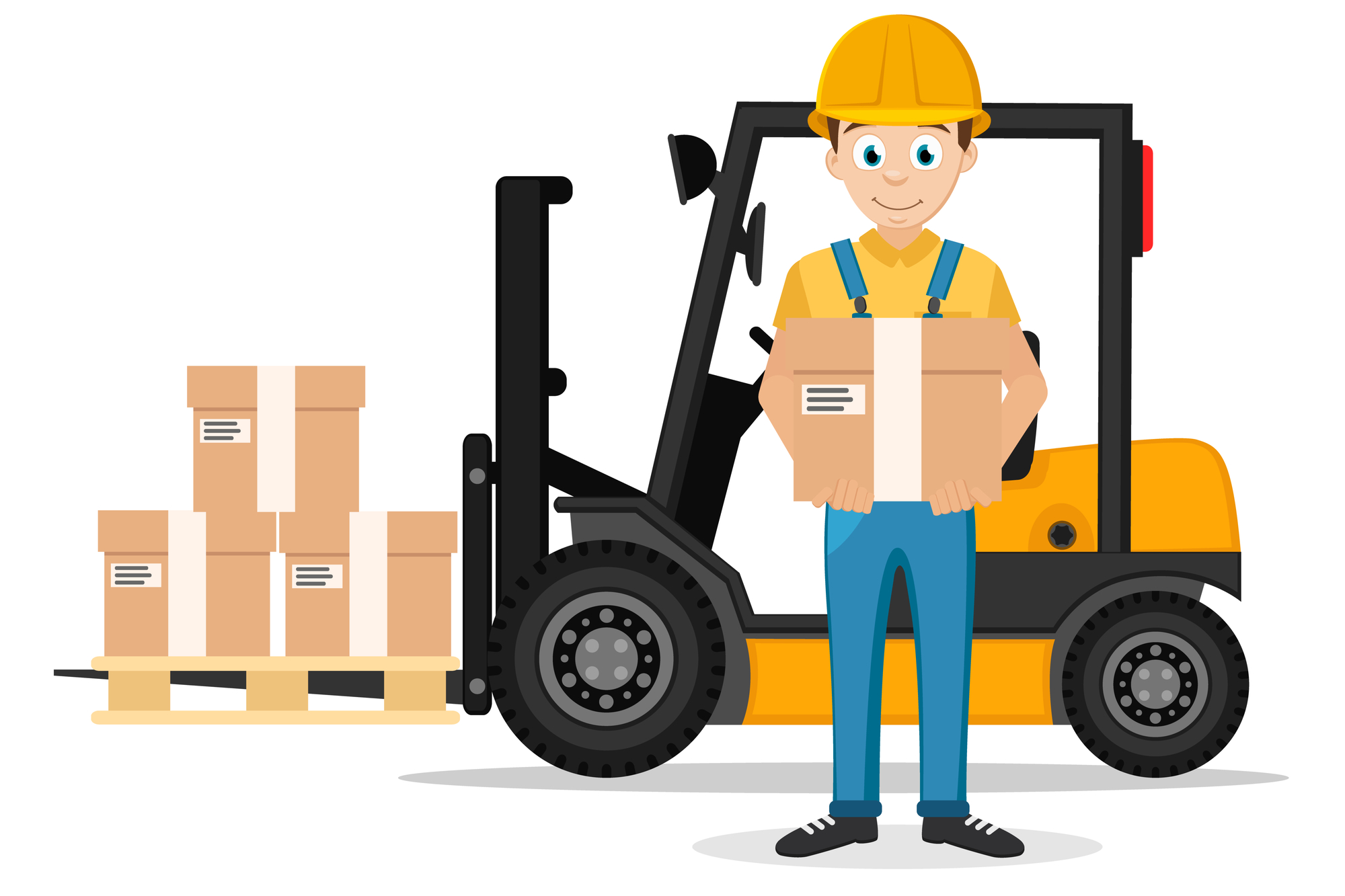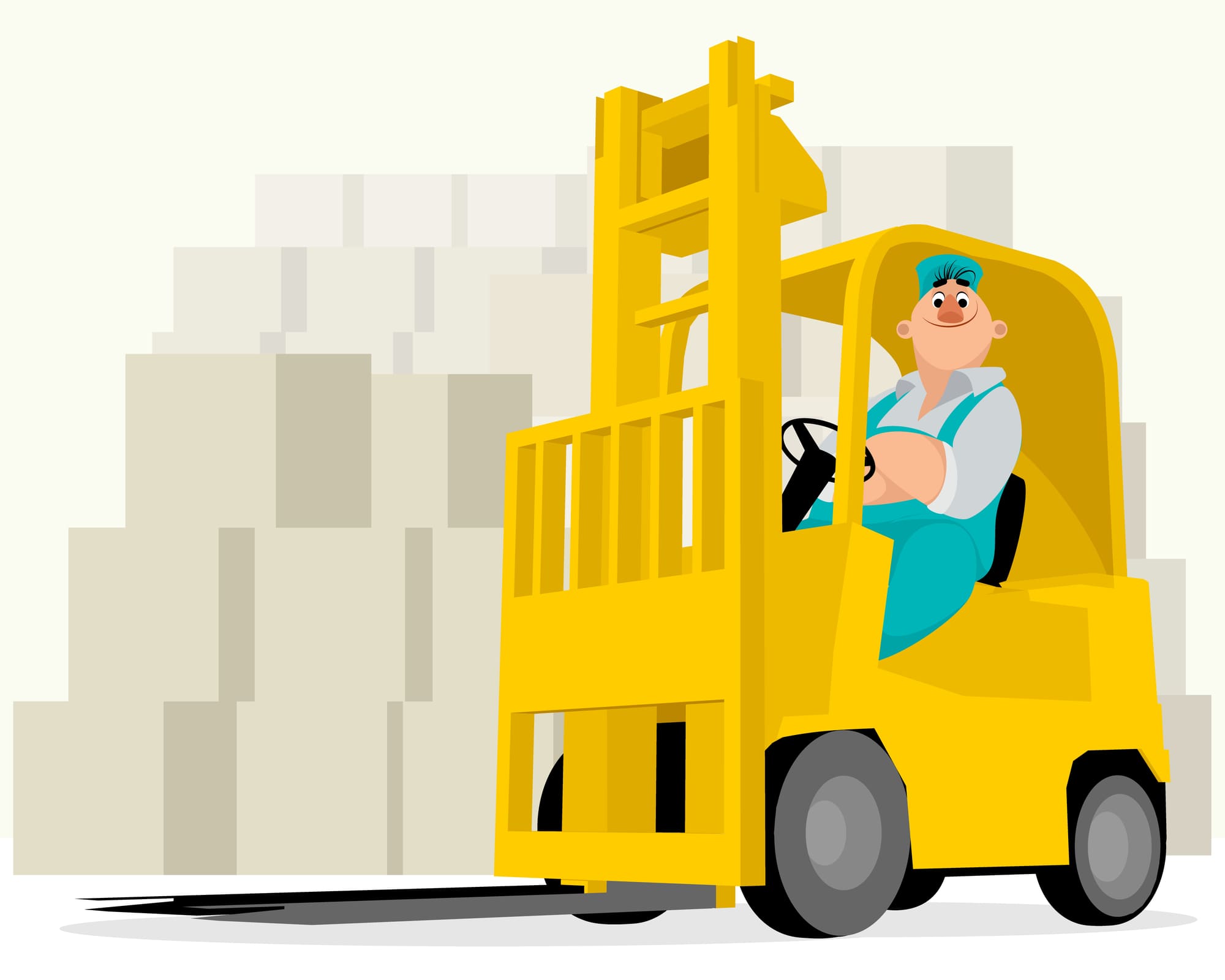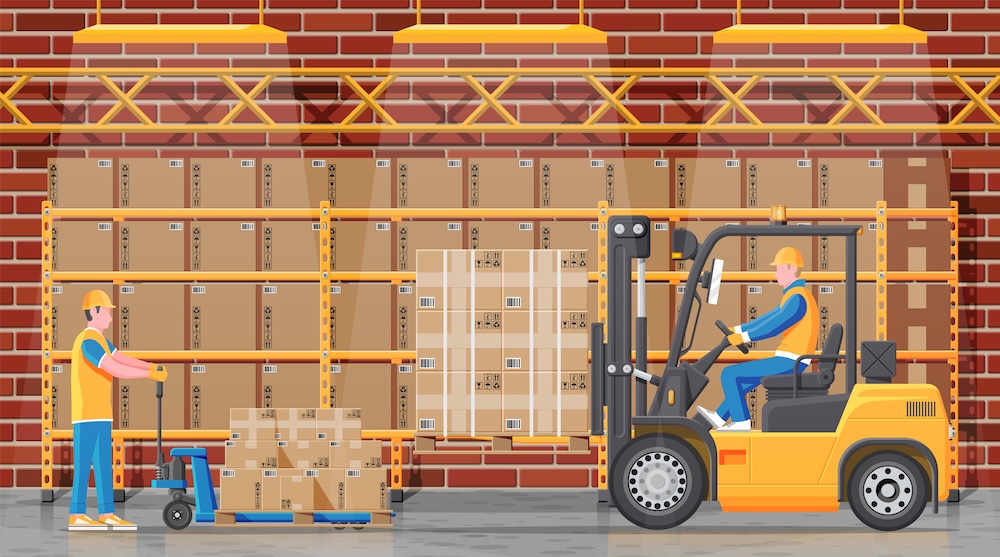How Much Lifting Capacity Do You Need for Your Columbia Forklift?
10/25/2021
CITrucks

Have you been wondering how much lifting capacity you need for your forklift?
Did you know that forklift rollover accidents are the cause of 42% of forklift fatalities every year?
That's why it's important to know and obey the maximum lifting capacity if you're planning to operate a forklift. But how much lifting capacity do you need for your forklift?
Get the Right Forklift for the Job
Depending on your business' needs, you may need different types of forklifts for different jobs.
Electric model forklifts can be more compact than diesel models. As such, these forklifts are best suited for warehouses and other jobs that must navigate in tight spaces.
However, the lifting capacity of the forklift will depend on the model. Make sure that you know how much weight you'll typically need to lift in each load to determine which model of forklift best suits your needs. Be sure to check not only the average load but the heaviest load as well.
You can check out the different forklift models available in Columbia here. We can make sure you get the right equipment for a job well done.
A Quick Lesson in Physics
Knowing the maximum weight capacity for your forklift is not enough. You also need to consider how that weight is distributed.
If you have a load that is longer than it is tall or wide, the weight will sit at a different center of gravity than a load that is taller than wide or long.
Because the weight is situated further forward on such a load, your forklift may not be able to carry it, even if it falls within its weight capacity.
This is why there is a difference between the rated capacity and the net capacity for any forklift. The forklift's load capacity, as listed, measures the lifting capacity at the load center.
In addition, there are forklift parts and modifications you can use to change the center of gravity and therefore the overall weight capacity of the forklift.
You may also see the term de-rated capacity for to describe the true capacity of the forklift. This includes any added attachments, the lift height, and more.
There are forklift capacity calculators online you can find to estimate what the de-rated or net capacity for your forklift.
You can also ask a professional for help in determining what attachments are the best tools for the job at hand.
How to Modify Forklift Load Capacity
You can use extended forks and other accessories on your forklift to help move those challenging loads. However, that added weight can shift the center of gravity of the forklift forward.
As a general rule, you want to keep your load center about 24 inches from the face of the forks.
If your load's center of gravity is further forward than that, and your forklift is not rated highly enough to lift it, there's a good chance your forklift will tip over, causing a potentially deadly situation.
You can help solve this problem by adding a heavier counterbalance to the back of the forklift to help keep that center of gravity in the right place.
It's a good idea to speak to a professional if you have questions about forklift accessories. If you need parts for your forklift in Columbia, including accessories, we can help you find what you're looking for.
We can also let you know what kind of weight those accessories will add, and how to best situate your forklift for any lifting needs.

How Much Lifting Capacity Do You Need?
If you get a forklift that has a load capacity of 4,000 pounds, and your typical load size is 3700 pounds or more, you're going to put a lot of unnecessary strain on the machine.
Over time, this can cause your forklift to break down faster than it would otherwise. This is why it's best to get a forklift with a higher load capacity than you will actually need.
This way, you can add attachments, such as single-double or extended fork attachments that add weight to the forklift, and still have enough capacity for your heaviest loads.
You may also need to take the height you're lifting the loads into consideration. The higher you need to lift your loads; the lower the forklift's weight capacity will be for that height.
If you have been using a forklift with the bare minimum capacity rating for your jobs, and it needs service, we can help with that as well.
Avoiding Forklift Accidents
Rollover or tip-over accidents can be some of the deadliest forklift accidents. Luckily, making sure you're using a forklift with the correct loading capacity is one way to prevent such accidents from occurring.
This is why it's important to know the true load capacity of your forklift, and to make sure the operators are well-trained on safety and handling.
If you're looking to receive forklift training in Columbia or certification for yourself or your employees, we can help. Practicing proper forklift safety is the best way to prevent an accident.
Remember that your forklift operators must have the right kind of certification for the forklift model that they will be driving.
We Can Help
When choosing a forklift, it's important to keep in mind that the weight capacity of the model is not always the weight you can carry in the load.
You must factor in the weight of accessories, the length of the load, and how high you'll be lifting it. Getting proper training and certification is the best way to know for sure that you're operating the forklift safely.
We hope this guide helps you make an informed decision about how much lifting capacity you will need for your forklift.
If you're looking for more information about forklifts in Columbia, lifting capacity, service, safety classes, or forklift parts, you can contact us by email at info@citrucks.com, or call us at (800)-767-7388.





